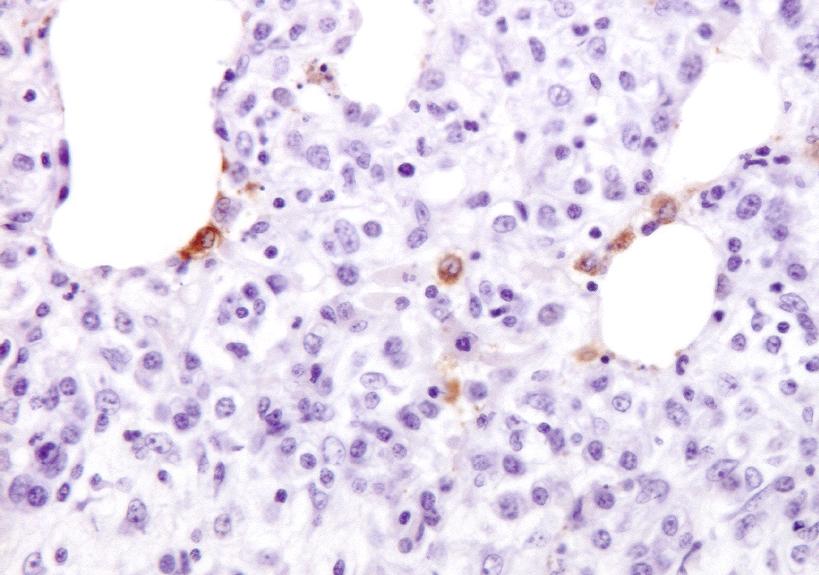Proteome-wide screening of the European porcine reproductive and respiratory syndrome virus reveals a broad range of T cell antigen reactivity
The porcine reproductive and respiratory syndrome virus (PRRSV) is a rapidly evolving and diversifying pathogen necessitating the development of improved vaccines. Immunity to PRRSV is not well understood although there are data suggesting that virus-specific T cell IFN-gamma, responses play an important role. We therefore aimed to better characterise the T cell response to genotype 1 (European) PRRSV by utilising a synthetic peptide library spanning the entire proteome and a small cohort of pigs rendered immune to PRRSV-1 Olot/91 by repeated experimental infection. Using an IFN-gamma ELISpot assay as a read-out, we were able to identify 9 antigenic regions on 5 of the viral proteins and determine the corresponding responder T cell phenotype. The diversity of the IFN-gamma response to PRRSV proteins suggests that antigenic regions are scattered throughout the proteome and no one single antigen dominates the T cell response. To address the identification of well-conserved T cell antigens, we subsequently screened groups of pigs infected with a closely related avirulent PRRSV-1 strain (Lelystad) and a divergent virulent subtype 3 strain (SU1-Bel). Whilst T cell responses from both groups were observed against many of the antigens identified in the first study, animals infected with the SU1-Bel strain showed the greatest response against peptides representing the non-structural protein 5. The proteome-wide peptide library screening method used here, as well as the antigens identified, warrant further evaluation in the context of next generation vaccine development.
Back to publications
